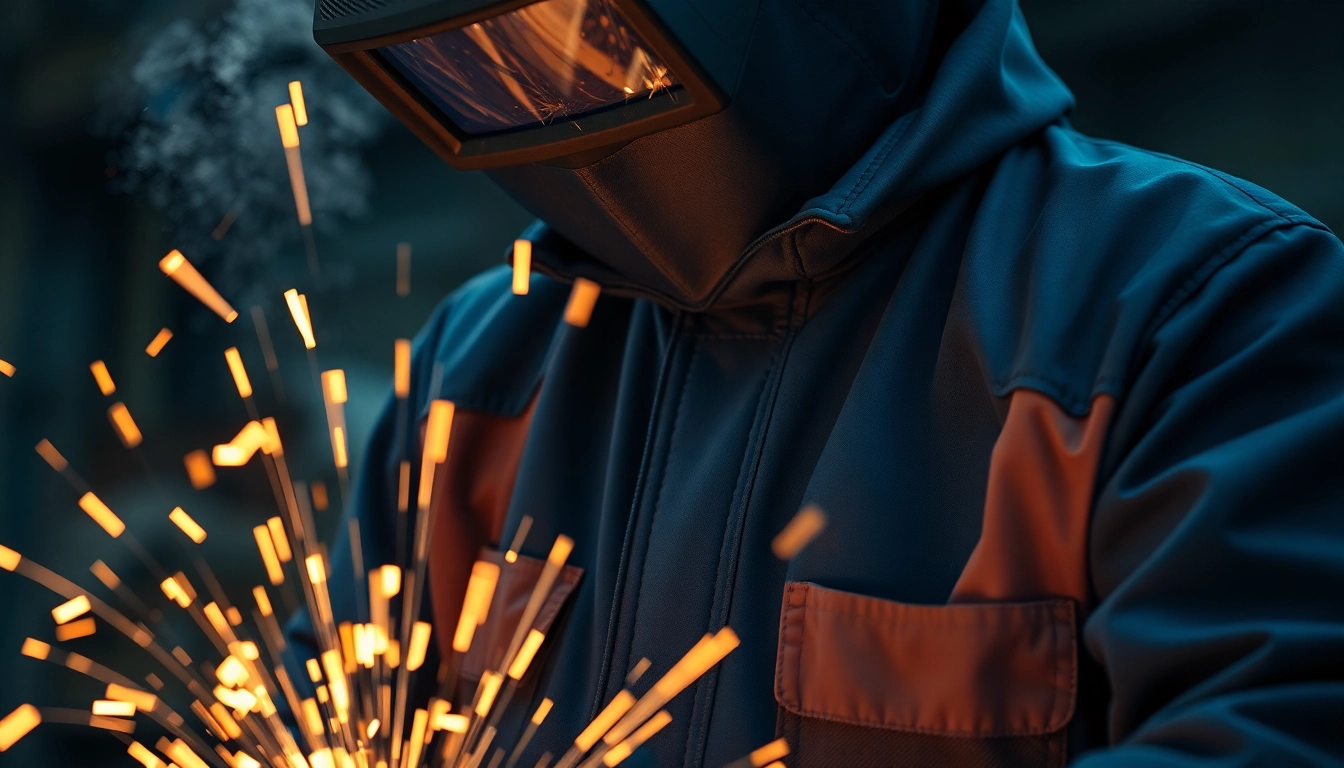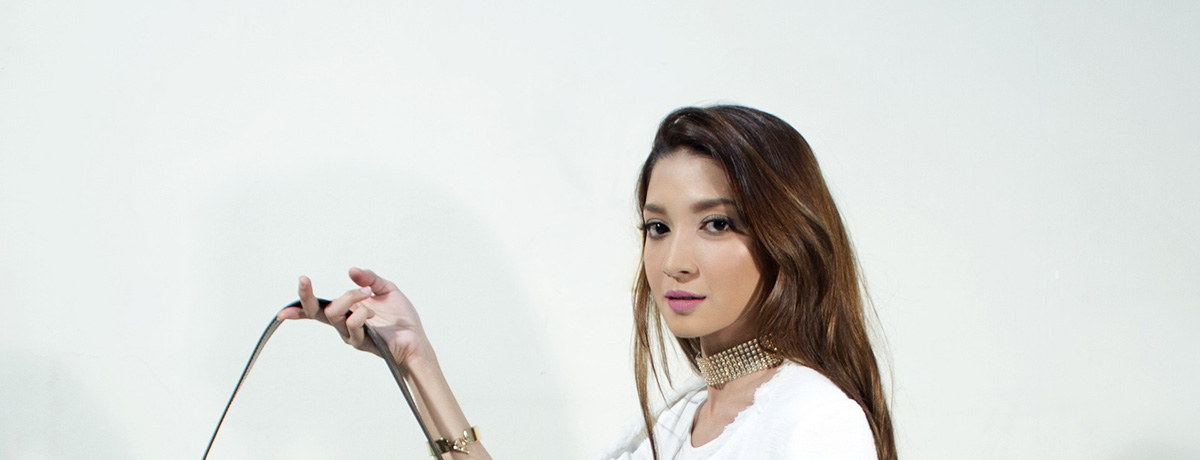
Protective Welding Jackets: Ensuring Safety and Comfort in Every Weld
Understanding the Importance of a Welding Jacket
Welding is a necessary yet hazardous profession, requiring the proper safety equipment to protect oneself from potential injuries. Among the various personal protective equipment (PPE) used in welding, the welding jacket plays a crucial role. It acts as a barrier against harmful sparks, heat, and radiation, ensuring the welder’s safety and comfort during operations.
What Makes a Quality Welding Jacket?
A quality welding jacket is not just about aesthetics; it must meet specific standards of safety and functionality. Essential characteristics of a high-quality welding jacket include:
- Material: The material should be flame-resistant, durable, and capable of withstanding the rigors of welding. Common fabrics include cotton treated with flame-resistant coatings and heavy-duty leather, known for their protective capabilities.
- Comfort: A well-fitted jacket allows for ease of movement without compromising safety. It should have a design that accommodates the welder’s activities, such as bending and reaching.
- Length: The length of the jacket should provide adequate coverage. Longer jackets offer more protection against falling sparks, while shorter styles may improve breathability.
- Seam Construction: Reinforced seams help prevent ripping and tearing, while double-stitched seams can enhance durability, reducing the likelihood of small burns or tears leading to larger failures.
Key Features to Look For
When shopping for a welding jacket, consider the following key features:
- Flame Resistance: Look for jackets that meet recognized safety standards, such as ASTM or NFPA certifications, which indicate they can withstand high temperatures.
- Ventilation: Some jackets come with ventilation features to help keep welders cool in hot working conditions.
- Adjustable Components: Features like adjustable cuffs, waistlines, and collars can offer a better fit and additional protection against stray sparks.
- Pockets: Functional pockets can provide welder storage for tools and personal items. Be sure to choose jackets that have pockets designed to avoid being a safety hazard.
Why Safety Should be Your Top Priority
Neglecting safety in welding can lead to serious consequences, including severe burns, injuries, or even fatalities. The right welding jacket not only offers protection but also promotes confidence in the welder’s ability to work effectively. Investing in a high-quality welding jacket can dramatically reduce the risk of workplace accidents and contribute positively to overall safety culture.
Types of Welding Jackets Available
There is a variety of welding jackets on the market, each tailored to meet specific needs based on materials and the unique demands of different welding techniques. Understanding these types can help welders make informed choices.
Flame Resistant Options: Cotton vs. Leather
Welding jackets typically come in two main materials: cotton and leather.
Cotton Jackets: Often treated with flame-resistant chemicals, cotton jackets are breathable and comfortable for extended wear. They are ideal for light to medium welding tasks. However, over time, the flame resistance might diminish due to washing and wear.
Leather Jackets: Leather jackets offer superior heat and flame resistance, making them a favorite among heavy-duty welders. They provide extensive coverage and protect against sparks and spatter. However, they can be heavier and less breathable compared to cotton options.
Specialized Jackets for Different Welding Techniques
Different welding techniques may require specific types of jackets. For example:
- MIG Welding Jackets: These jackets often have additional pockets and reinforcement around the collar and cuffs to fend off toll burns and spatter.
- TIG Welding Jackets: Typically made from lighter fabrics, these jackets provide flexibility and maneuverability necessary for fine control work.
- Stick Welding Jackets: These jackets require higher durability and heat resistance due to the intense nature of the process, often sporting multiple layers in high-stress areas.
Customizable Welding Jackets for Personal Needs
Some companies offer customizable welding jackets that allow welders to add patches, logos, and specific protective features tailored to individual requirements. Customization can enhance both comfort and safety, ensuring that welders can express personal style while adhering to safety standards.
Choosing the Right Size and Fit
The importance of selecting the correct size and fit of a welding jacket cannot be overstated. A jacket that fits well will allow for the appropriate range of motion while providing the necessary protection against sparks and heat.
How to Measure Yourself for a Welding Jacket
To choose the right size welding jacket, follow these measurement guidelines:
- Chest: Measure around the fullest part of your chest while keeping the tape measure snug but not tight.
- Waist: Measure around your natural waistline, typically just above the belly button.
- Length: Determine desired jacket length by measuring from the highest point of the shoulder down to the desired bottom hemline.
- Arm Length: Measure from the top of your shoulder to your wrist, with your arm straight, to ensure ample sleeve length.
Comfort Considerations While Welding
Comfort while welding is crucial for effective performance. Consider these factors:
- Fit: A properly fitting jacket shouldn’t be too tight or too loose. It should allow freedom of movement without being baggy.
- Material Weight: Choose a fabric weight that balances protection and comfort, especially considering the climate you’ll be working in.
- Layering: Think about wearing base layers under your jacket; breathable fabrics can help wick away sweat, keeping you cooler.
Signs that a Jacket Doesn’t Fit Properly
Welders should be on the lookout for the following signs that their jacket may not be a proper fit:
- If you can feel restricted movement while performing welding tasks, the jacket may be too tight.
- If the sleeves are excessively long and restrict your grip on tools, consider sizing down.
- Bunching material or strong friction at the seams when you move can signify that the jacket is not the right size for you.
Caring for Your Welding Jacket
Proper care of your welding jacket will ensure longevity and upkeep of its protective qualities. Each fabric type may have different maintenance instructions.
Cleaning Tips for Flame Resistant Fabrics
To maintain the integrity of flame-resistant jackets, follow these cleaning tips:
- Check the manufacturer’s label for specific cleaning instructions.
- Machine wash in cold water using a mild detergent; avoid bleach and fabric softeners.
- Air dry or tumble dry on low heat as per manufacturer recommendations.
Storage Best Practices to Maintain Jacket Integrity
Store your welding jacket in a cool, dry place away from excessive heat or sunlight. Avoid folding it in a way that might cause creases or damage. Instead, hang it on a padded coat hanger to maintain its shape.
When to Replace Your Welding Jacket
It’s essential to know when to dispose of a worn-out jacket:
- Check for visible holes or cracks in the fabric that could compromise safety.
- If the flame-resistant properties are compromised, such as after extensive washing.
- If the lining is damaged or the jacket fails to provide adequate protection during welding activities.
Top Brands and Recommendations
Choosing a reputable brand can significantly impact your welding safety. Various manufacturers are known for their quality in the welding jacket market.
Comparing Popular Welding Jacket Brands
Notable brands in the welding apparel industry include:
- Lincoln Electric: Famous for its ruggedness and reliability, offering a range of options from lightweight cotton to heavy leather jackets.
- Miller Electric: Known for innovative designs that cater to modern welding needs, often featuring specialized ventilation systems.
- J Tillman: Offers premium leather jackets that excel in durability and protective capabilities.
Best-Selling Models of 2023
In 2023, several welding jackets have stood out due to their performance and protective features. Top contenders include:
- Lincoln Electric K2984: This jacket claims to be both breathable and flame-resistant, ideal for lightweight applications.
- Miller Classic: Featuring a comfortable fit and high-quality material, perfect for rigorous welding practices.
- J Tillman 3778: A favorite among heavier welders for its robust leather design and exceptional flame resistance.
User Reviews and Experiences
User feedback is invaluable when considering a welding jacket. Positive attributes often noted in reviews include comfort during long use and effectiveness in providing top-notch protection against heat and sparks. Conversely, negative feedback may highlight issues with sizing inaccuracies or durability concerns, emphasizing the importance of choosing established brands with a strong reputation.
